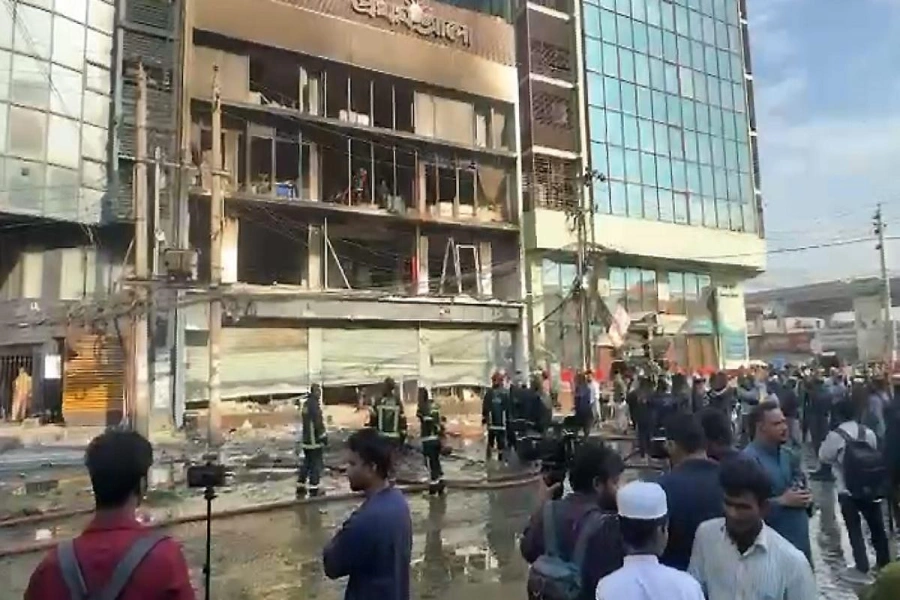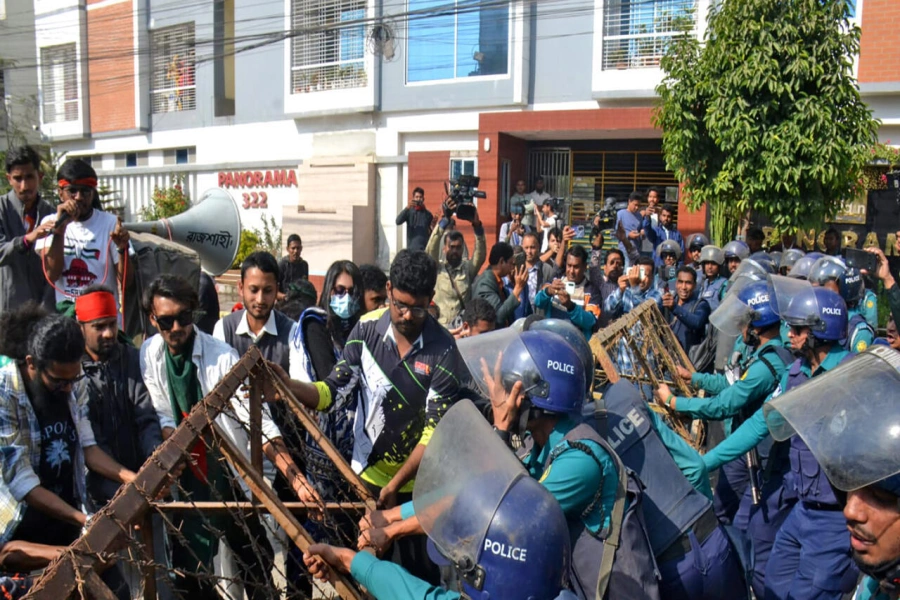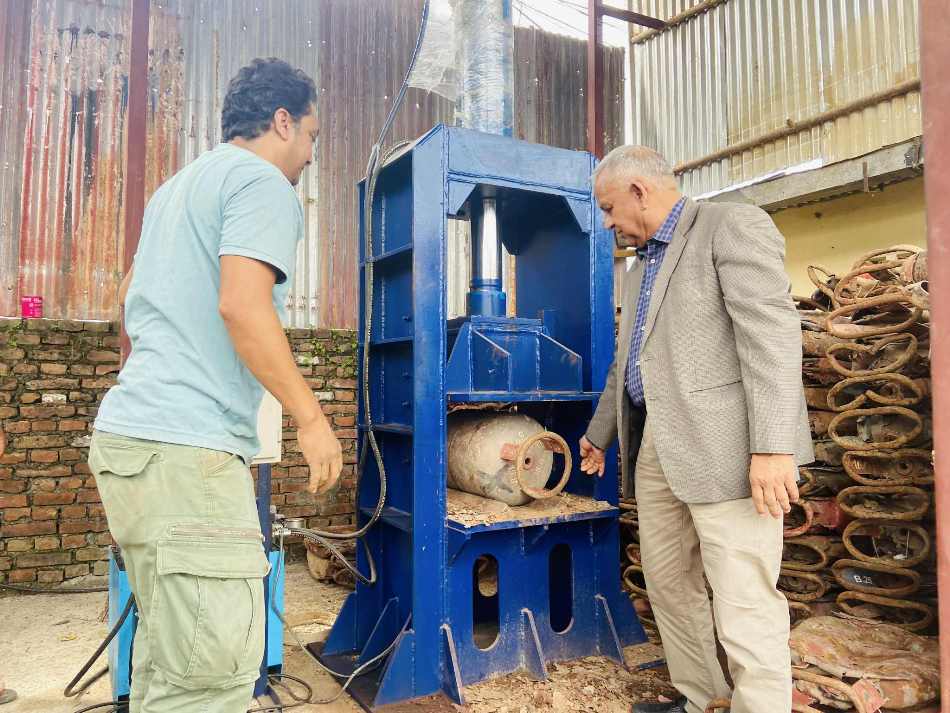KATHMANDU, July 19: The government has begun preparation to install 'burst test' facility to test quality of liquefied petroleum (LP) gas cylinders circulated in the market.
The Nepal Bureau of Standards and Metrology (NBSM), with assistance of the European Union (EU), is preparing to install LP gas burst test facility.
The new system will test the ability of cylinders to take as well as hold pressure of gas.
Bishwo Babu Pudasaini, director general of NBSM, said that the technology was being introduced as cylinders often explore after pressure inside crosses 80 kg. “Burst test will determine the capacity of LP gas cylinders to hold pressure. It will enable us to put a ban on cylinders that cannot withstand the prescribed pressure,” he added.
According to Pudasaini, the testing plant will be installed in NBSM premises in Kathmandu in the first phase. “We will gradually ask all LP gas bottlers and manufacturers of cylinders to have such facility in their plants,” he added.
At present, 53 gas bottlers and three cylinder manufactures are in operation in Nepal.
Once the technology is installed, NBSM will take sample cylinders from market and test their quality. It will order bottlers to put a ban on circulation of cylinders that fail the test.
LP gas cylinders generally have lifespan of 20 years. However, bottlers have been found circulating cylinders even after they are older than 20 years. This exposes consumers to a serious risk.
The technology is expected to cost Rs 10 million. NBSM is chipping in R 1 million, while EU is bearing the remaining amount.
Pudasaini said they had approached EU some years ago, seeking its help to install burst test facility. “Thankfully, the responded positively,” he added.
According to Pudasaini, EU has already announced tender for supply of equipment to open the facility. “The equipment will arrive in Nepal within two months. If things go as planned, we will be able to test quality of cylinders after 4-5 months,” Pudasaini added.
Shiva Ghimire, president of Nepal LP Gas Industry Association, welcomed the decision. “The technology had to be installed four decades ago when LP gas cylinders were first introduced,” he said, adding: “It is a very sensitive issue and has to be dealt with carefully. We will extend every possible support to the government to install this technology.”
He, however, added that the testing facility has to be installed by cylinder manufacturers not the gas bottlers.
Om Gas Udhyog Pvt Ltd destroys expired gas cylinders


































